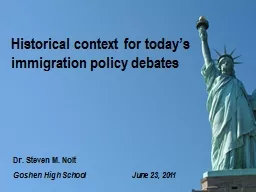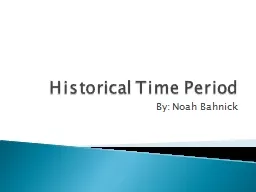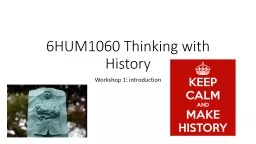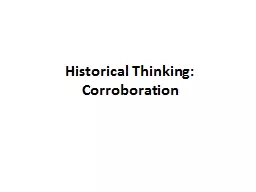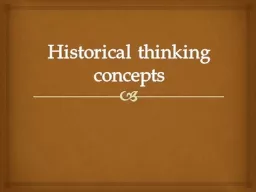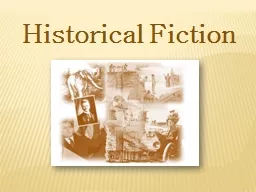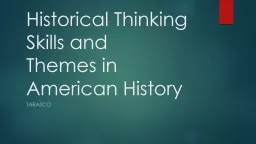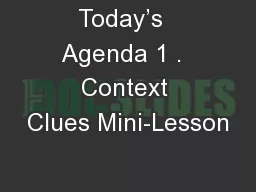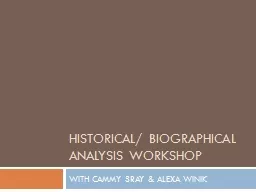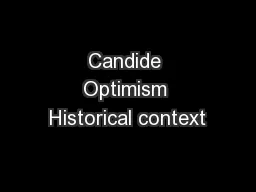PPT-Historical context for today’s
Author : natalia-silvester | Published Date : 2018-09-24
immigration policy debates Goshen High School June 23 2011 Dr Steven M Nolt The big picture Patterns of immigration in US history and some implications for today
Presentation Embed Code
Download Presentation
Download Presentation The PPT/PDF document "Historical context for today’s" is the property of its rightful owner. Permission is granted to download and print the materials on this website for personal, non-commercial use only, and to display it on your personal computer provided you do not modify the materials and that you retain all copyright notices contained in the materials. By downloading content from our website, you accept the terms of this agreement.
Historical context for today’s: Transcript
Download Rules Of Document
"Historical context for today’s"The content belongs to its owner. You may download and print it for personal use, without modification, and keep all copyright notices. By downloading, you agree to these terms.
Related Documents

